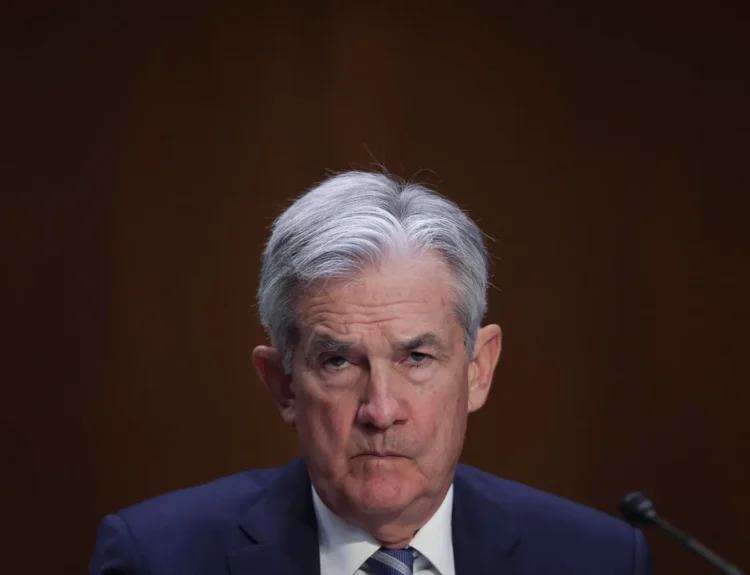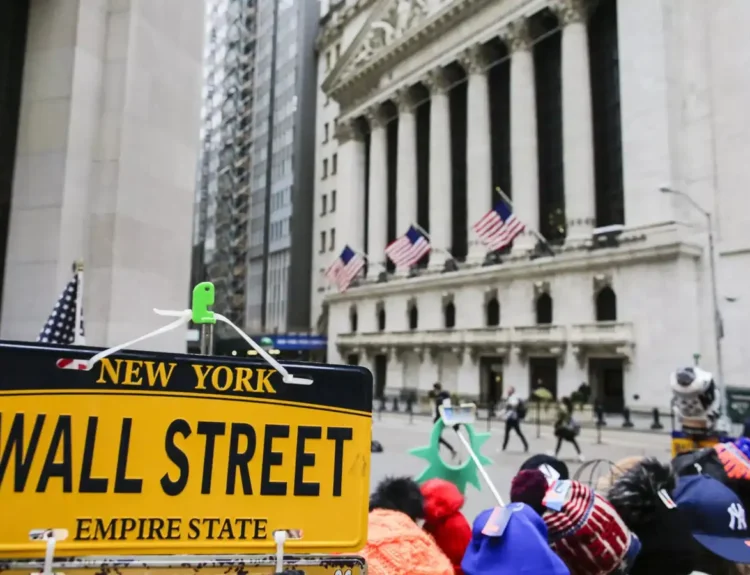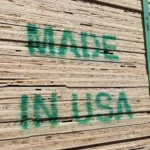The global trade landscape was thrown into further disarray this week as conflicting messages emerged from Washington and Beijing over the status of US-China tariff negotiations.
Trump: Talks Are Happening, China: “Fake News”
In a TIME magazine interview released Friday, President Donald Trump insisted that active tariff talks with China were underway, even claiming that Chinese President Xi Jinping had personally called him. Speaking from Air Force One later, Trump said he’s focused on getting China to “open up its markets,” but added, “I’m not even sure I’m going to ask for it because they don’t want it open.”
However, China firmly denied any discussions. “China and the U.S. are NOT having any consultation or negotiation on tariffs,” the Chinese embassy stated, accusing Washington of “creating confusion.”
Trump Boasts of ‘200 Deals,’ Big Announcements Ahead
Despite the confusion, Trump claimed he had completed “200 deals” that would be formally announced within three to four weeks. He emphasized that maintaining tariffs between 20% and 50% even a year from now would be considered a “total victory,” reinforcing his strategy of using tariffs to revive U.S. manufacturing.
Signs of Partial De-Escalation: While clear progress on broad tariff talks remained elusive, some signs of de-escalation emerged:
- China exempted certain U.S. goods like pharmaceuticals from its 125% retaliatory tariffs.
- A list of 131 U.S. product categories under consideration for further tariff exemptions—including vaccines, chemicals, and jet engines—is circulating among businesses.
- Business groups noted these moves could ease the immediate economic pain, although China has yet to officially announce full exemptions.
World Leaders Alarmed by Trade War Fallout
Finance ministers attending the IMF and World Bank spring meetings voiced alarm. Irish Finance Minister Paschal Donohoe warned of serious risks to global growth and living standards if the uncertainty continues. IMF chief Kristalina Georgieva echoed concerns, calling for urgent de-escalation to avoid a sharp global slowdown.
Other Negotiations in Motion: Meanwhile, Trump hinted he was nearing a deal with Japan, expected to be announced at the G7 summit in June. Talks with South Korea and Switzerland were described as “successful” and “satisfactory” by U.S. officials. However, progress with other countries remained slow.
Market Reactions Mixed: U.S. stocks ended the week slightly higher but have still lost around 10% since Trump’s return to office in January. The dollar, after weeks of decline, posted its first weekly rise, while European and Asian markets continued a modest rebound.
Trump’s Tariff Agenda Expands: Beyond country-specific tariffs, Trump has imposed a blanket 10% tariff on all U.S. imports and raised duties on steel, aluminum, and autos. He’s also floated the idea of new tariffs targeting pharmaceuticals and semiconductors, which could drive up U.S. drug prices by up to 12.9%, according to industry estimates.
As Trump’s unpredictable tariff strategy continues to dominate headlines, the world watches anxiously—waiting to see if these “200 deals” materialize or if the global economy slides further into uncertainty.
Disclosure: This article does not represent investment advice. The content and materials featured on this page are for educational purposes only.
Related:
Shein and Temu Hike Prices as Trump’s 120% Tariff Takes Effect Next Week
Buy Now, Pay Later Use Surges — But Trouble May Be Brewing
Trump’s TIME Interview: Key Takeaways on Trade, Foreign & Domestic Policy
Trump denies China’s statement about no trade talks with US, says they met ‘this morning’
Donald Trump to exempt carmakers from some US tariffs
EU slaps Apple and Meta with $800 million in antitrust fines. Meta calls its penalty a ‘tariff’
Tesla Earnings: Profit Plunges 71%, Elon Musk will step back from DOGE










